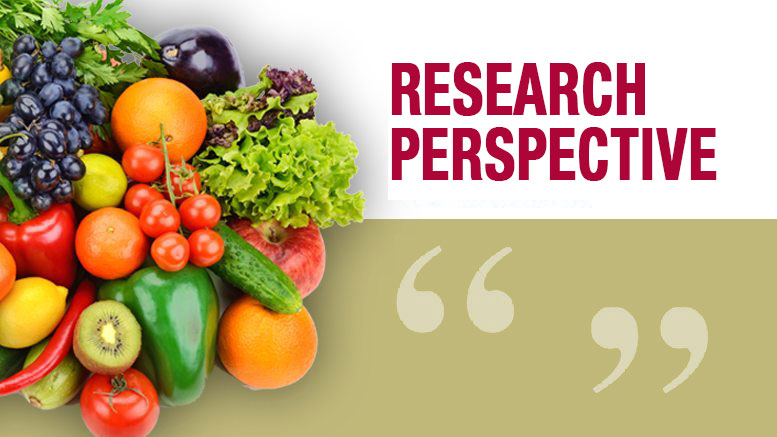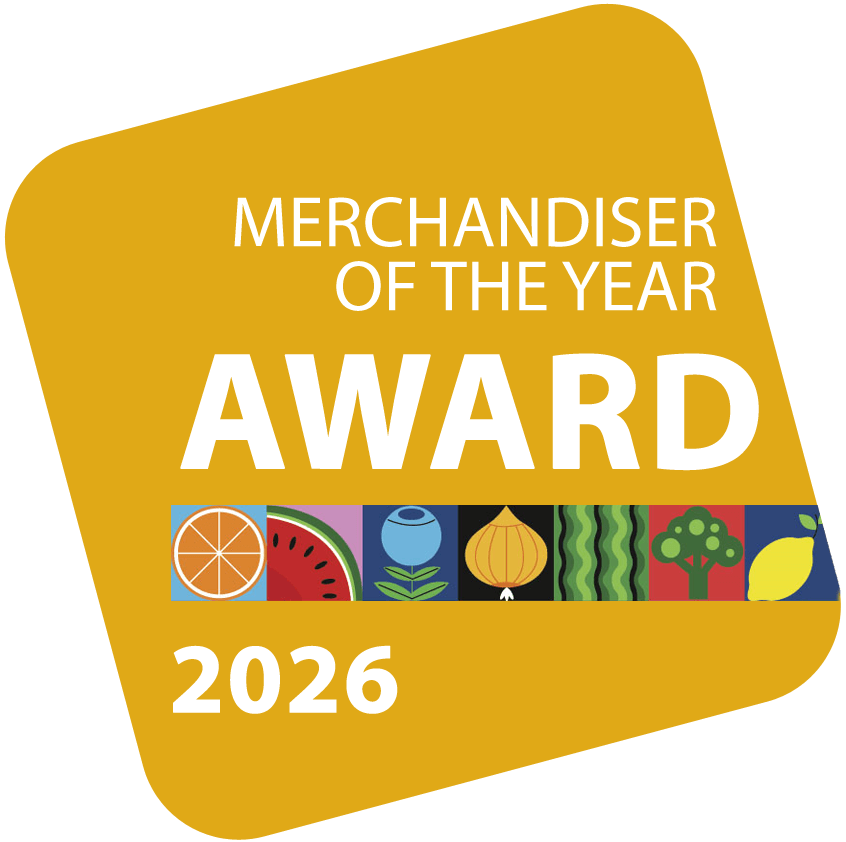When Wallets and Wishes Align, Produce Sales Growth Emerges
September 6, 2024 | 3 min to read
Many consumers are juggling finances, leading to increased at-home meals and careful grocery shopping, particularly with fresh produce. While price remains crucial, factors like nutrition, mood, sustainability, and convenience also play significant roles in purchasing decisions. Surprisingly, nine in ten Americans are willing to spend more on special occasions. Events like Citrus Fest can boost produce sales, encouraging trial of new items while emphasizing health and sustainability, ultimately driving growth in the market.

There’s no doubt about it, many consumers are in a non-stop balancing act to make their money last until the end of the month. This has resulted in more at-home meals, and paying attention to sales promotions when shopping for groceries, including fresh produce and minimizing food waste.
However, it doesn’t mean that every decision is about price alone. We are living in a “world of and” in which consumers balance price with many other purchase influencers, such as nutrition, mood, sustainability, convenience, time, household wishes or needs, etc. Sometimes price and promotions win out, other times, consumers weigh time, health, or the planet a bit more.
More than anything, nine in 10 Americans can be persuaded to spend a little more on food and beverages, despite the pocketbook pressures. The No. 1 reason to splurge a bit more is during special occasions, whether holidays big or small, birthdays or date nights, or entertaining.
Nine in 10 Americans can be persuaded to spend a little more on food and beverages, despite the pocketbook pressures.
When looking at the 52-week sales patterns, produce has big spikes for all the big national holidays. But there are many more smaller spikes that all add up, reflecting smaller holidays or even self-invented ones. Events, such as Italy Week, crawfish boils, or Citrus Fest, can help drive base and incremental sales for the category, the department and the entire store. And self-invented holidays, when no one else is chasing the same occasion, are even better.
An added benefit is that seasons and events are a proven way to drive trial that can pay off in repeat purchases at full revenue throughout the year. After all, many produce shoppers are creatures of habit, buying the same fruits and vegetables again and again. Something like Citrus Fest can inspire shoppers to buy their go-to oranges, tangerines, lemons and limes, but perhaps also try finger lime, pomelo, satsuma, kumquat, etc.

Other reasons to spend a little more surround:
- Self-care — Times are financially tough, but sometimes consumers splurge just to do something nice for themselves, which could be anything from a seasonal item that caught their eye to buying a brand they love.
- Nutrition — While the importance of price is elevated, many consumers are still focused on making healthy choices. When consumers think of health, they often think of fresh fruits and vegetables. In addition to the overall health halo, consider specific features, nutrients such as vitamins C or D, antioxidants, etc., right along with the benefits. Especially younger consumers are very focused on the health benefits, such as energy, general wellness, sleep support, immunity, etc.
- Sustainability — Gen Z and Millennials, in particular, are willing to spend a little more on fruits and vegetables that address taking care of the planet and people. They are more likely to value, and pay for, attributes such as organic, sustainably grown and fair wages.
The sales results prove that when wallets and wishes align, growth is very possible in today’s marketplace.
Between everyday demand and optimizing special occasions, the fresh produce department has emerged as one of the strongest performers around the store.
Generating $90 billion in the 52 weeks ending May 19, fresh produce sales have increased 2.8% in dollars and 1.5% in volume (pounds). In many cases, category pound sales are now exceeding prior year level sales, and exceeding the volume sold two years ago.

Anne-Marie Roerink is principal at 210 Analytics, LLC, in San Antonio, TX.
22 of 30 article in Produce Business September 2024

